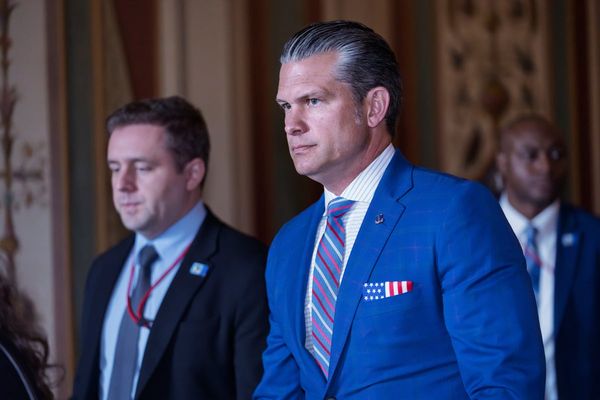
The price of new EVs may not drop to the level of internal combustion-engined cars until after 2030 when the production process will be simpler, requiring fewer parts and cheaper materials, Ford CEO Jim Farley said at an investor conference yesterday, according to Reuters.
Farley added that for traditional automakers transitioning to electric vehicles, the battery-powered models will continue to be more costly than their ICE counterparts until the second and third generations go on the assembly lines toward the end of this decade.
After 2030, costs will become lower thanks to “dramatically lower labor content,” the Michigan-based company’s chief said. In other words, future generations of EVs will be simpler to build because they’ll have fewer parts and will be fitted with smaller batteries that use cheaper materials.
Ford has already started implementing cost-cutting measures that shouldn’t affect the end user, with things like reducing the total number of wiring harness combinations for the Explorer SUV, cutting down the number of configurations for the F-150 pickup, and changing some aspects of the manufacturing process.
Jim Farley believes that more money can be saved by selling EVs online and by offering additional software-driven services. The Blue Oval currently has 200,000 customers paying for its Blue Cruise driver assistance system and 400,000 customers for its Ford Pro commercial services that include fleet management, EV charging, dynamic routing, and more.
Furthermore, the CEO predicted an “acceleration of cooperation” in the industry, citing Ford’s recent agreement with Tesla regarding the use of the Supercharger network for its upcoming EVs.
Farley said that “cooperation is essential,” especially for companies that don’t have enough resources to build out a full ecosystem for their EVs. In this sense, it’s worth noting that while many automakers use similar suppliers for different parts, very few collaborate when it comes to EV charging.
Ford’s deal with Tesla is one of the few examples to date, while Aptera’s use of Tesla's NACS connector on its solar-powered EV is another one, although the three-wheeled vehicle is yet to be delivered to reservation holders.
As always, we’d like to know what you think about this, so head over to the comments section below to give us your thoughts.







